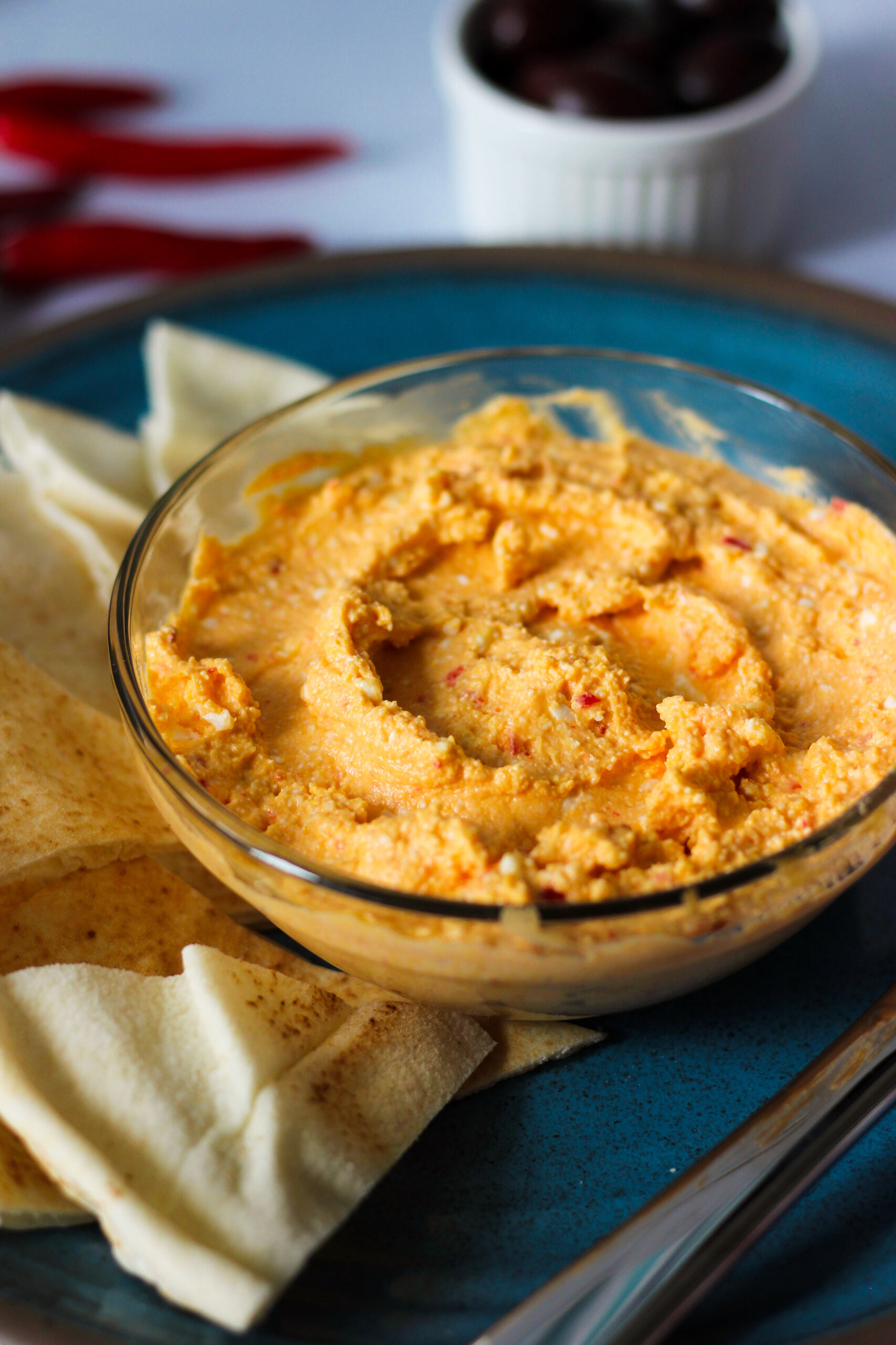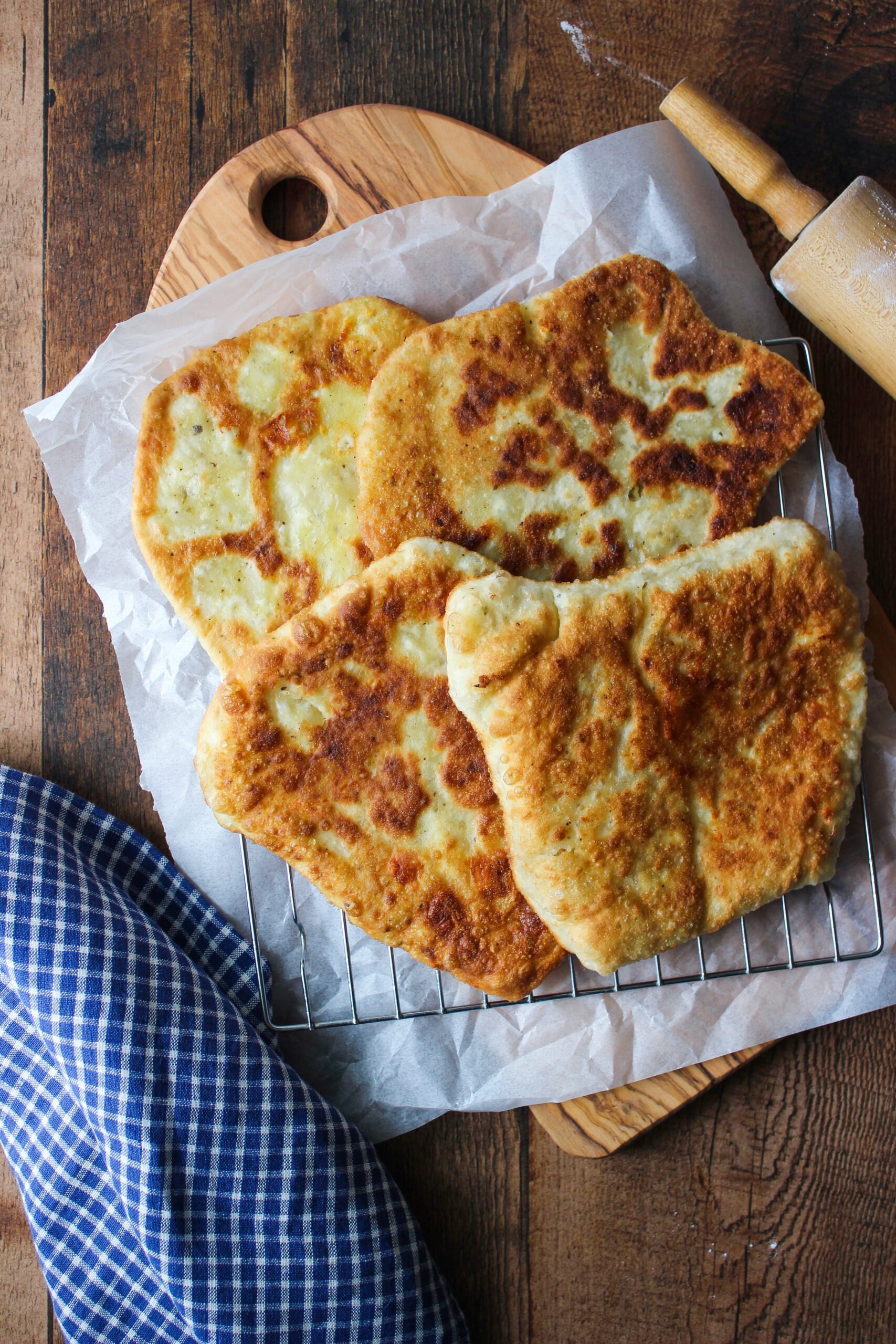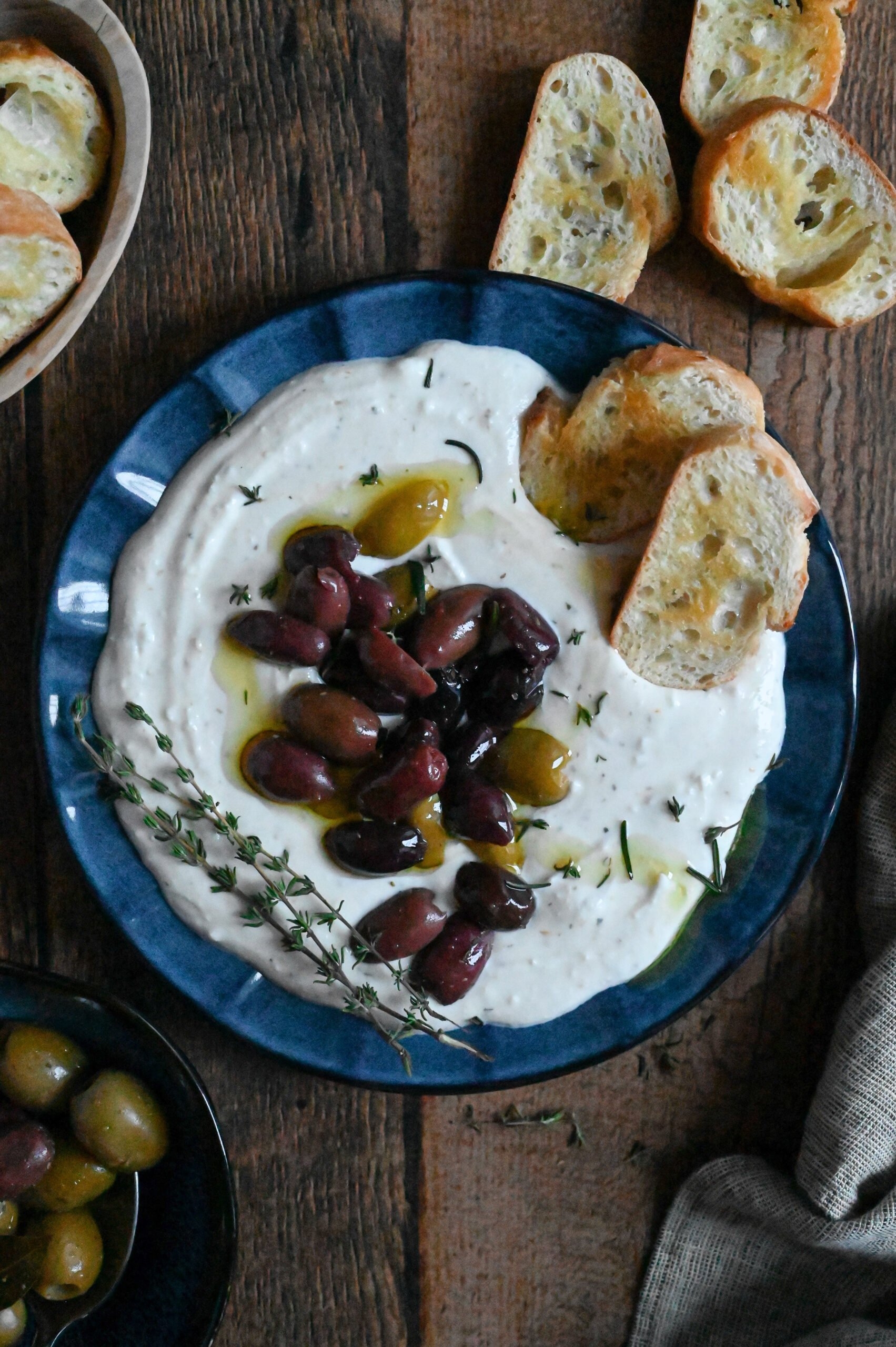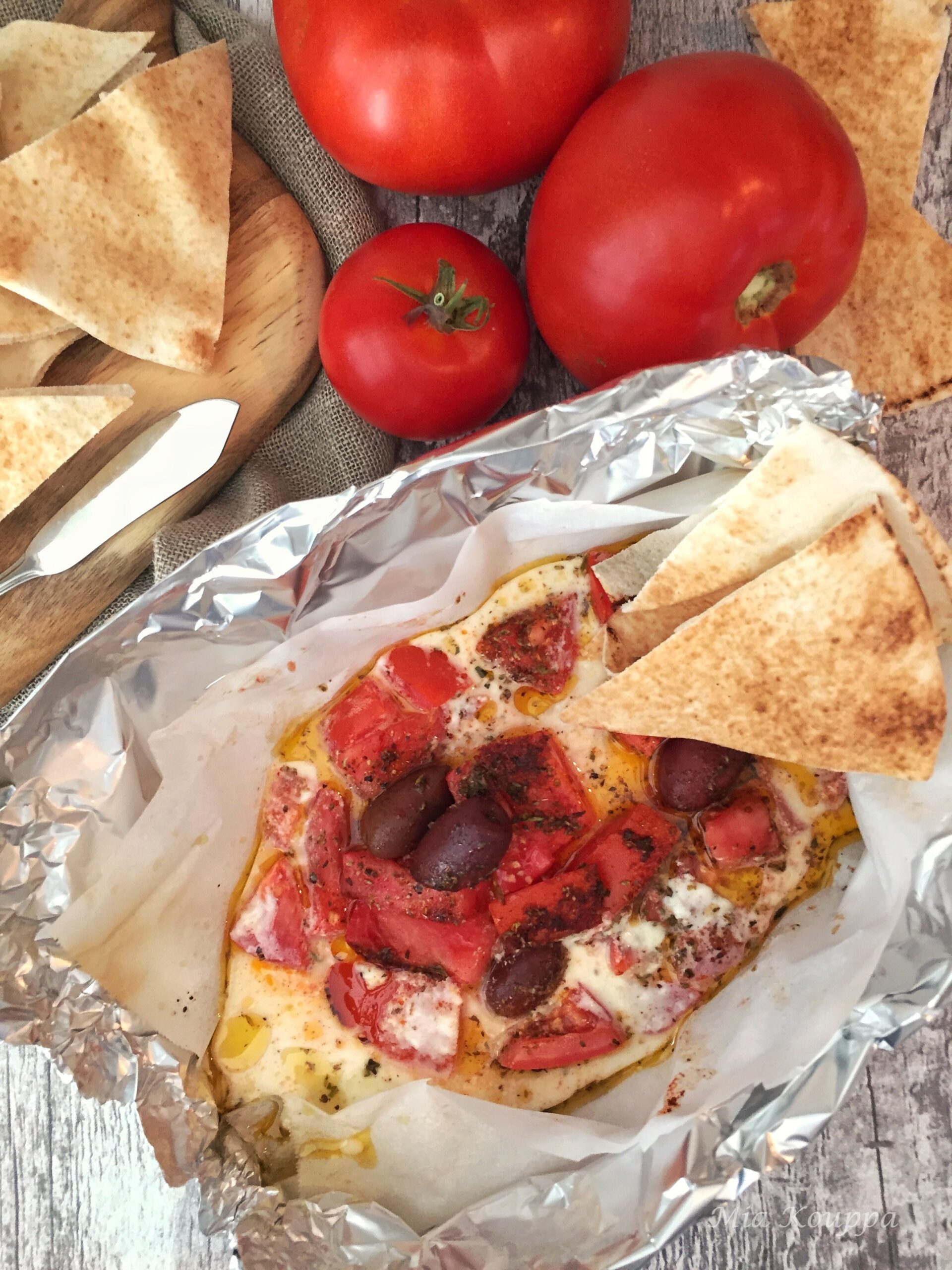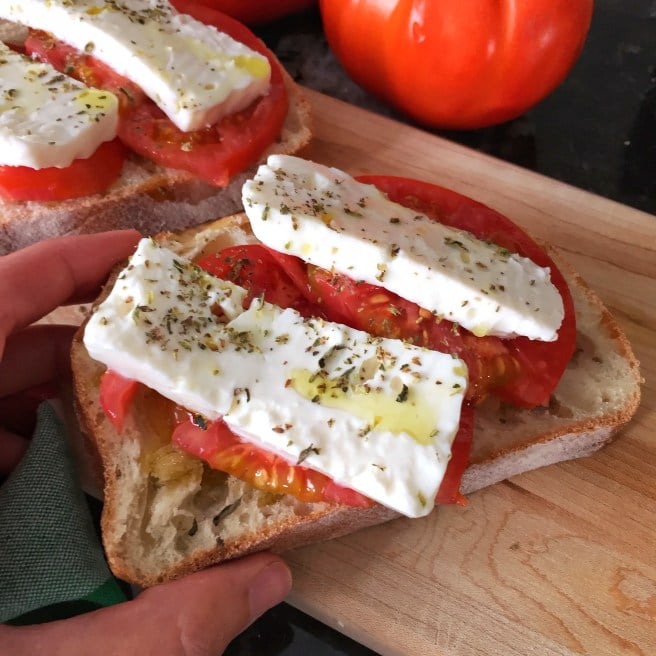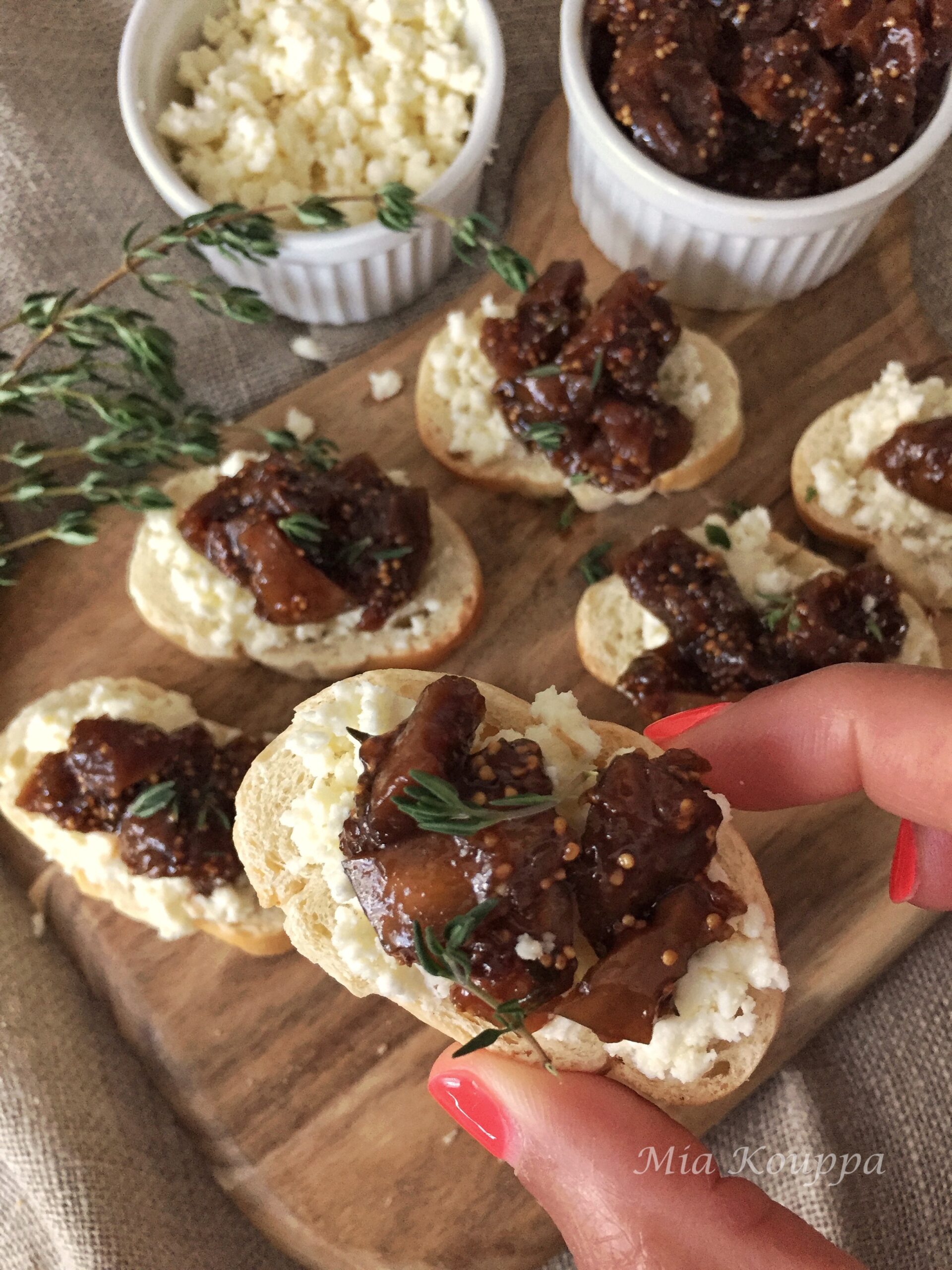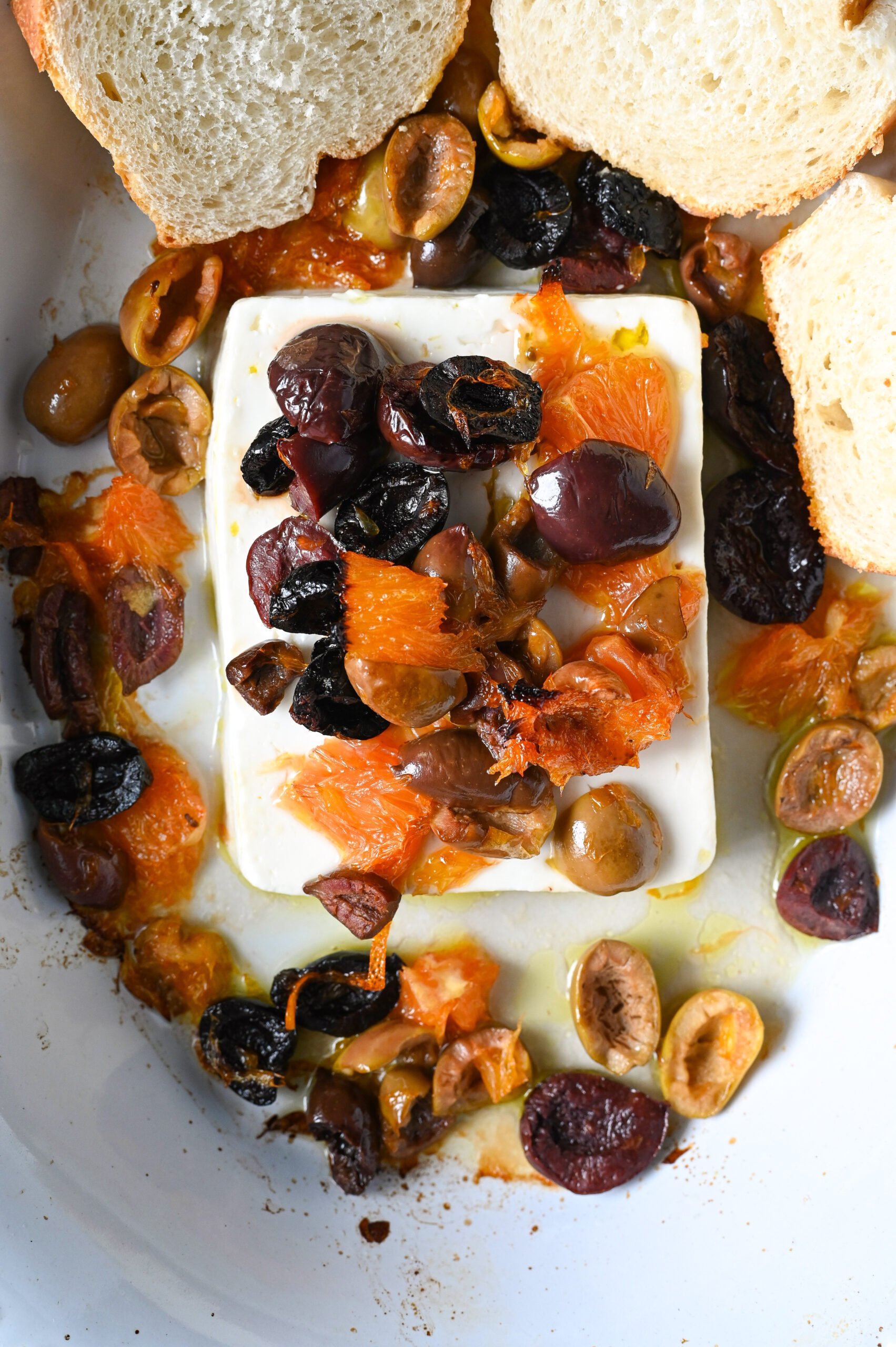Feta facts: Everything you need to know about Greek feta cheese and how to use it
Feta is the quintessential Greek cheese and it has been around for centuries. Everyone who has heard of Greek food has heard of feta. Here is everything you need to know about this amazing cheese including how to use it in some of my favourite recipes.
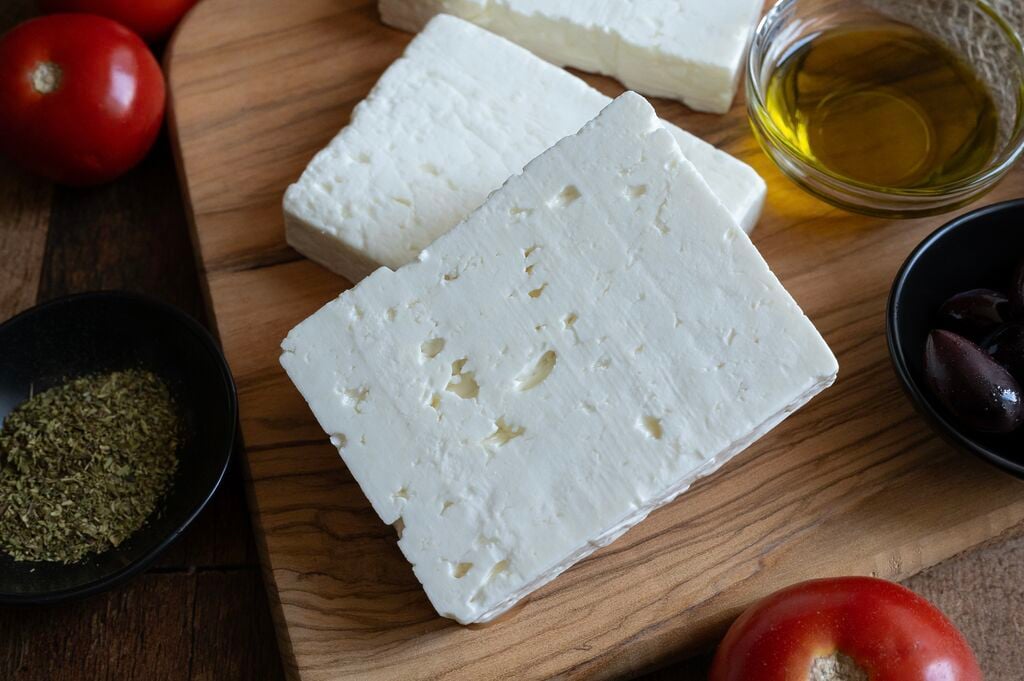
What is feta?
Real Greek feta is a soft and crumbly cheese that is often brine-cured (or at least brine-stored). It is made of sheep’s milk, which is much fattier than cow’s milk (almost two times as fatty). Feta has Protected Designation of Origin status (PDO) which means that its production is quite regulated, and only cheese made in Greece that meets certain strict criteria can actually be labelled and sold as feta. For example, these standards allow for feta to combine goat’s milk with the sheep’s milk, but to a maximum of 30% goat’s milk.
How does feta taste?
There are variations in taste depending on the specificities of how the feta is made. For example, does it contain some goat’s milk, or is it entirely made of sheep’s milk? Has it been aged in a barrel, a basket or a tin? This will impact the flavour as well. For example, using more goat’s milk means that the cheese will be white, and more crumbly. Exclusively using sheep’s milk will produce a cheese that is more yellow, more fatty and richer. The amount of salt depends on how much salt was added by the cheesemaker.
There is also a variation in taste based upon where the milk used to make the feta comes from. Different regions of Greece have different qualities of milk, with some being fattier and richer than others. Given this, the amount of milk required to make the same amount of feta will vary.
Having said that, all varieties of feta will have a tangy, salty and briny flavour. With age it will become saltier and sharper. The texture will also become firmer.
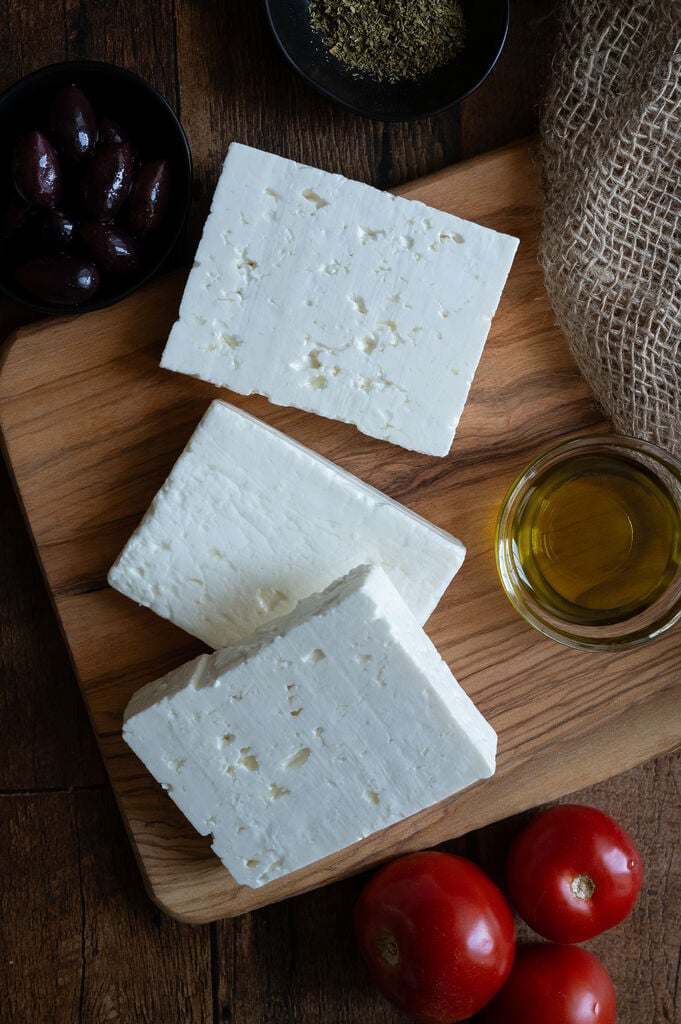
Where to buy feta
You will be able to find feta in most well stocked grocery stores or markets. It is really popular and so it is commonly available. Sometimes you will find it prepackaged, or you can pick it up at the deli counter of some shops.
If possible, avoid feta that is pre-crumbled. It is easy enough to crumble the cheese yourself and the pre-crumbling tends to dry out the cheese.
Is feta healthy?
Compared to other cheeses feta is pretty healthy because it is a good source of calcium, it is high in protein, it contains great gut-friendly probiotics and has enough fat and fatty acids to satisfy your appetite. Still, it is lower in fat and calories than other popular cheeses such as aged cheddar or parmesan. Compared to other soft cheeses such as ricotta and cottage cheese it has more calcium and more of the B vitamins.
Feta has a high sodium content however, primarily due to the brine that it is aged and stored in. For this reason, anyone on a salt-restricted diet should avoid eating too much feta. Another trick is to rinse the cheese well, or even to store it in some cold water for several hours. This will impact the flavour, but will also remove some of the sodium. Ideally, you should start with barrel feta, which is not aged in brine (more on that later!).
How is feta made
Real feta from Greece contains no additives such as vegetable fat or protein. It is made simply by adding rennet and casein to pasteurized for raw sheep’s milk, goat’s milk, or a combination of both. (True feta from Greece contains no additives such as vegetable fat or protein). With time the milk will thicken and then the curd is separated from the whey. The curd is then pressed into molds after which the cheesemaker will cut the feta into smaller blocks (feta means sliced in Greek). The cheese is then salted and dried for several days; what happens next varies, depending on how the feta is aged.
There are three main ways in which feta is aged, based on the container used. It is either in barrels, baskets or tins.
Barrel aged feta is often considered the best version, but it is a dying art. There are only a few cheesemakers in Greece who still produce barrel-aged feta. The traditional method is to cut the feta into triangular wedges which fit into the barrels. The cheese is left to age there for several weeks, to months, without brine. Once the feta is shipped to be sold it will be placed in brine to preserve it, but it was not aged in the brine. The end result is a cheese which is less salty than other feta, and which has a more refined flavour and is richer and creamier.
Basket aged feta is another great option. The cheese is held in a basket mold for about a week after being salted and it is then aged in brine for several weeks to months. Sometimes you will see the imprint of the basket on the cheese. This method produces feta that is saltier than barrel aged feta, and a little less rich.
Tin aged feta is also a fine option. The method is similar to the basket aged feta. The cheese is kept in the tin for about a week before then being submerged in brine. Perhaps because the tin container is a closed environment feta aged in tin tends to be firmer and more crumbly.

How to store feta
The best way to store feta is in brine. This will ensure that it stays fresh as long as possible, without compromising the texture or the flavour. If completely submerged in brine your feta will remain fresh for months (in the refrigerator).
Prepackaged feta usually contains some brine and if you buy your feta from a deli counter you can usually ask them to give you a container of brine; typically this is offered free of charge. Otherwise, you can easily make your own brine by dissolving 2 or 3 ounces of salt in one liter of water.
You can freeze feta that you will then use for baking or cooking without too much loss of quality. The texture will be affected however so previously frozen cheese will not be ideal for adding to salads, for example.
How to serve feta
There are so many ways to enjoy feta, and because of its texture and flavour it is so versatile. Given that feta is a crumbly cheese you can easily crumble it into salads, omelettes or on top of pasta dishes or pizzas.
When served plain, along with some olives and bread as a mid-day snack, feta tastes best at room temperature. Drizzle a bit of good quality Greek olive oil on top and add a sprinkling of Greek oregano for a real treat.
Although feta softens when heated, it does not completely melt. This makes it a great cheese to fry or bake because it retains most of its shape, while still getting soft and creamy when warm.
In my opinion, feta pairs well with almost anything, but it is particularly delicious with lamb, chicken, and all vegetables.
Recipes with feta
Here are 10 of my favourite feta recipes. There are many more to discover, and you can find them by searching for Feta on the Home page.
